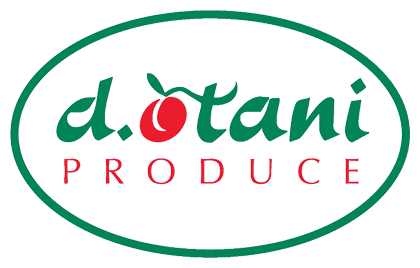Grapes, tomatoes, apples and host of other mainstream crops are finding excellent opportunities for proprietary and limited volume varieties as these new items are creating buzz and adding shelf space at retail operations throughout the country. A stroll through any retail produce department reveals expanded space and SKUs for grape and colored tomatoes, a plethora of new apple varieties and a bevy of new tree fruits including apriums and pluots, both crosses of apricots and plums.
The limited volume of many of these varieties are also offering opportunities for specialty firms and their customers, who often times are high end restaurants. Cole Firman, sales and marketing for Coosemans LA Shipping, based in Los Angeles, said these new and unique varieties are offering niche opportunities for specialty houses to give their customers something different.
“These new varieties of plums, grapes and tomatoes have amazing flavors that chefs are looking for,” he said. “Part of my job is to work with our customers and educate them about the many new items that are available.”
Coosemans LA works with both retailers and foodservice operators, but Firman said it is with chefs that he is finding favor with these new flavors. Sometimes restaurants find it difficult to utilize new items with limited volume, as it is difficult to use an item that will only be around for a short time. He did note that there are opportunities nonetheless. He pointed to charcuterie boards, which have become a favorite menu item for many restaurants. The menu only need list the main heading and state it is an assortment of meats, cheeses and fruits. Firman said that allows the chef to swap out different varieties of grapes or tomatoes, for example, as they become available.
“The charcuterie board gives them the flexibly to include different varieties at different times,” he said.
He did say that the responsibility for educating these foodservice buyers falls on the shoulders of the distributor, who needs to let buyers know what’s available and how it might fit on their menus.
Furthering the discussion of new trends in the specialty produce realm, Firman predicted that Indian cuisine would be the next big thing. Recipes from the country of India tend to utilize lots of different spices and many fresh items including vegetables, herbs, spices and fruit such as rambutan and turmeric.
He noted that Hispanic and Asian cooking is still on trend and highly relevant, adding that an array of new chilies have been introduced in recent years adding depth and variety to that Spanish food staple.
Firman said trends could pop up overnight because of the inclusion of a particular item on the menu of a well-known chain. For example, Starbucks added a mango and dragon fruit beverage that immediately resulted in a social media buzz and uptick in demand for dragon fruit, which is also called pitaya. It is in the cactus family and has literally been around for centuries (dating back to the 13th century in Central America). Firman said the inclusion on the Starbucks menu greatly increased consumer awareness of the fruit, which has, in turn, increased interest by foodservice buyers.
The specialty expert said the increase in organics is another trend that has made it to the foodservice industry. Just like with rare specialty items, many chefs have been reluctant to include mention of “organic” to describe an item on the menu because of the potential for availability issues. Firman said chefs are looking for certified organic offerings and asking what’s available. It is a challenge to include them on the menu but he said many more chefs are at least making inquiries and are interested.
Firman offered that Coosemans LA is combining two of these trends — Indian cuisine and organics — with a new item it is about to offer. “In two weeks, we are starting our fresh organic turmeric program from Fiji,” he said on Sept. 3.

